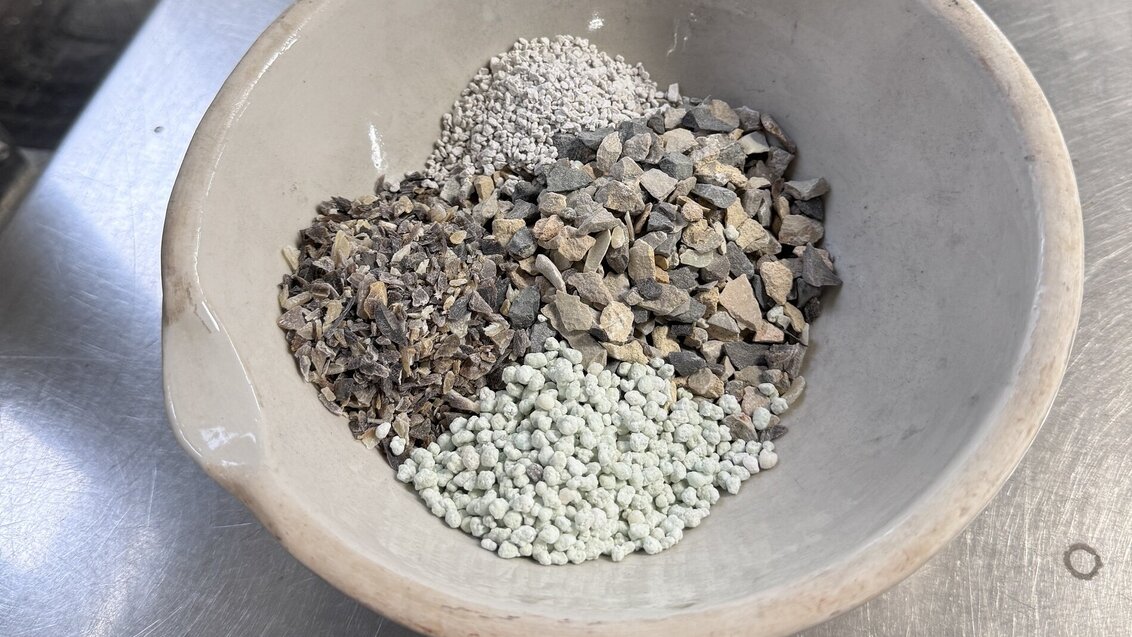An innovative mineral composition developed by AGH University Professor Tomasz Gawenda and Dr Agata Stempkowska from the Faculty of Civil Engineering and Resource Management supports plant growth under the most unfavourable conditions, improves the structure of soil, and combines fertilisation and watering. This is a perfect example of a novel eco solution to help consciously and sustainably shape the environment.
The composition may be used in the cultivation of trees, shrubs, ornamental plants, and vegetables. It may be used in the ground as well in containers such as vases, pots, and planters. It is particularly useful in urban planting where lawn space is limited and plants often grow near the pavement.
The composition, also referred to as the core, is made up of minerals which are by-products of aggregate treatment and purification. Although they could be considered waste, in fact these materials are rich in bioavailable minerals essential for plants. The production process encompasses grinding raw materials to reach a certain grain size, then screening in a double deck vibration screen to obtain a narrow fraction, and the separation of grains by shape into flat and cubic aggregates with the use of specialised multi-deck screens.
Photograph: AGH University


 Projects by AGH University Main Library with funding from Scientific Social Responsibility programme
Projects by AGH University Main Library with funding from Scientific Social Responsibility programme  On energy transformation and more. Distributed Energy Congress
On energy transformation and more. Distributed Energy Congress  Polish natural hydrogen initiative. AGH University concludes an agreement
Polish natural hydrogen initiative. AGH University concludes an agreement  Honouring those we lost this year
Honouring those we lost this year  AGH Solar Boat the best in Sardinian competition
AGH Solar Boat the best in Sardinian competition  AGH University Alumni Day 2024
AGH University Alumni Day 2024  AGH University to establish AI Factory
AGH University to establish AI Factory 

